The city is there before your eyes
With the spectacular panorama from the Avas Lookout Tower, you can feel the city lying at your feet. And the miniature sculptures by sculptor Gábor Országh on the railing of the Lookout Tower invite you to a “walking” tour of the city.
Miskolctapolca Cave Baths
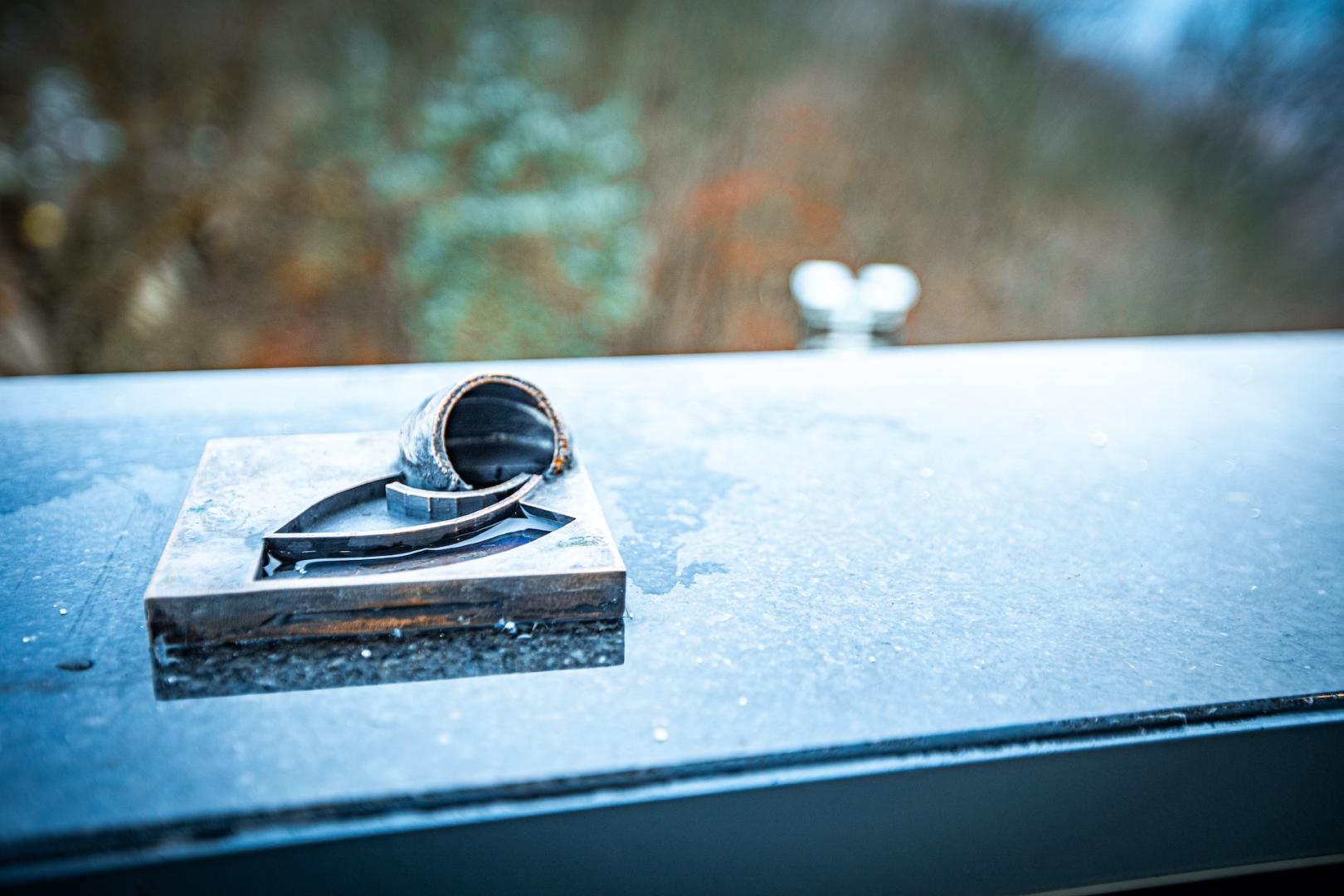
Miskolc is home to the oldest cave baths in the country, Europe's only warm karst water bathing complex, the Miskolctapolca Cave Baths. Its thermal waters, combined with the crystal-clear air of the cave, are beneficial in themselves. Visitors can choose from a variety of thermal, natural lake and cave pools. The high salt content of the cave rock and the warm water from the karst combine to create a cave microclimate that many people swear by for its healing properties. The complex's water and cave air are beneficial for heart disease, musculoskeletal and respiratory disorders. A great number of visitors come not only from Hungary but also from abroad to take a dip and recover.
Hotel Palace
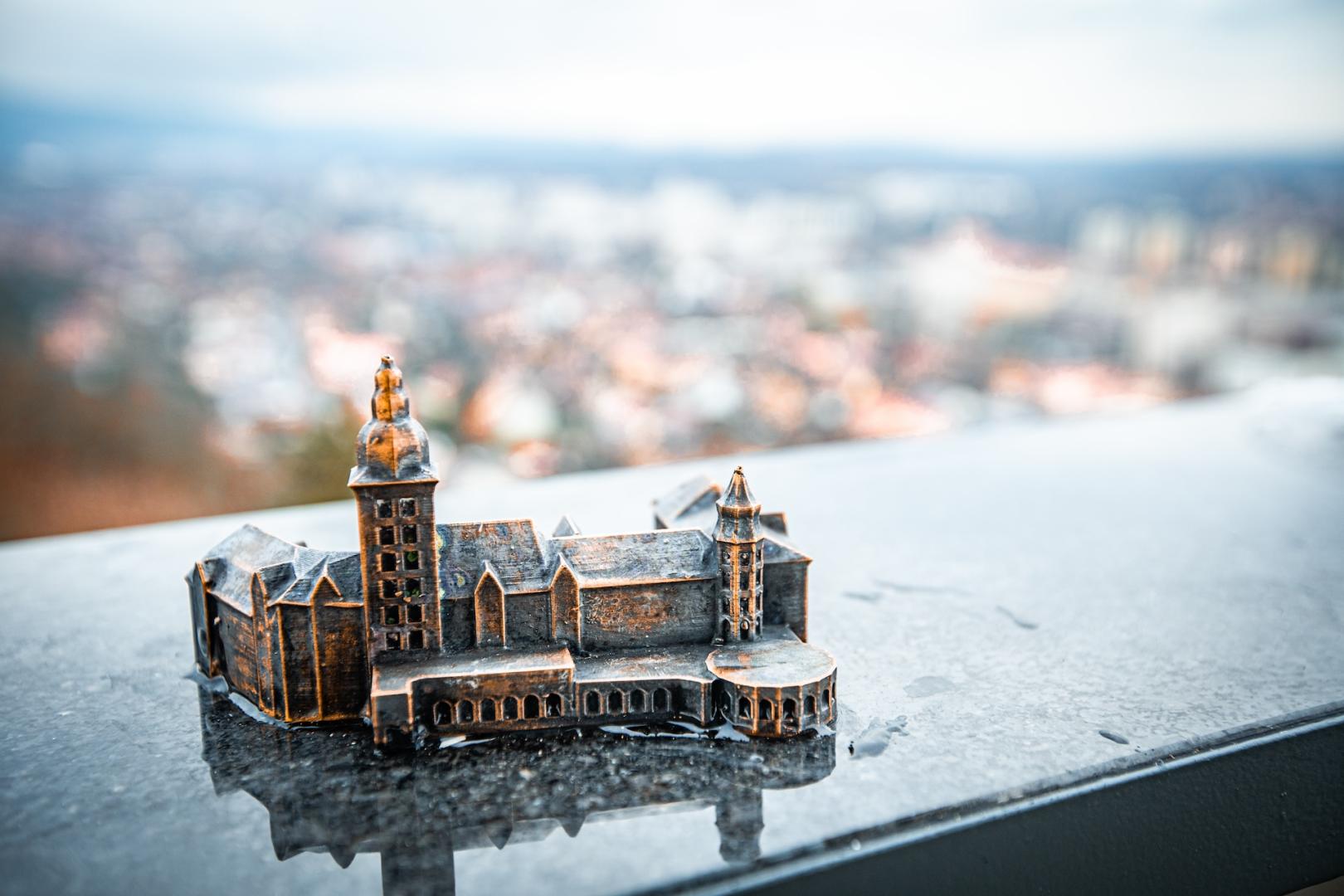
The Hotel Palace in Miskolc-Lillafüred is a picturesque neo-Renaissance hotel, situated near Lake Hámori, at the meeting point of three valleys, inaugurated in 1930.
The location was already a popular destination for hikers and holidaymakers, but after the construction of the Hotel Palace and its hanging gardens, it became a favourite resort for the elite of the time. The famous Hungarian poet, Attila József's poem "Ode" is linked to the Hotel Palace and the surrounding scenery, and was also the location for the 1934 hit film "The Fairytale Car".
The building is almost 100 years old and is still the jewel of Miskolc-Lillafüred.
Ancient blast furnace in Újmassa part of Miskolc
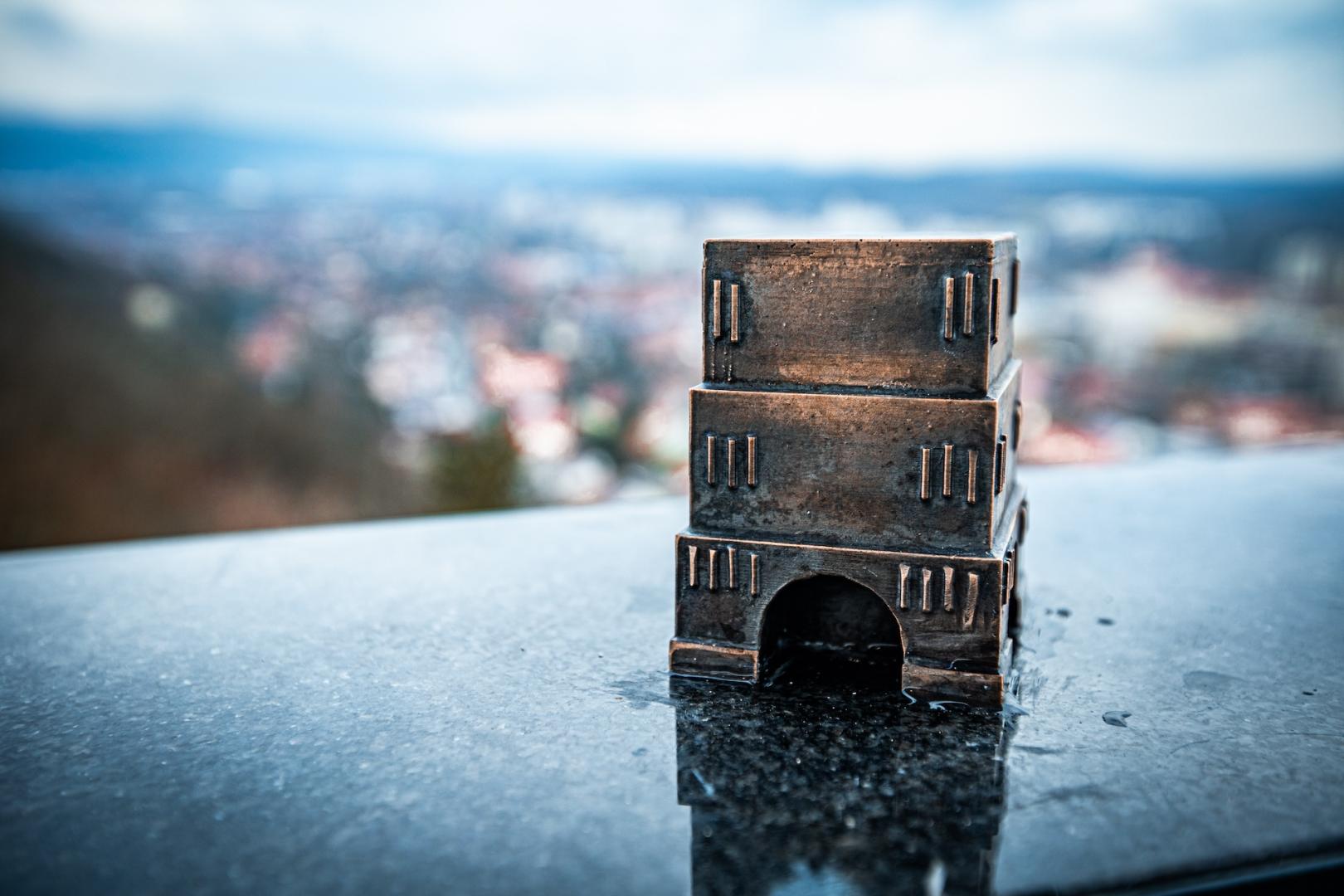
Built in 1813, the ancient blast furnace in Újmassa is one of Hungary's most important industrial monuments and a rarity in Europe. The Massa Museum, a reconstructed iron foundry and a technical skanzen are located next to it.
The construction of the blast furnace is linked to the Fazola family, who laid the foundations of iron smelting of Diósgyőr in the valley of Hámor in the mid-18th century. The memory of the industry is now preserved in the names of the surrounding villages. Ó- and Újmassa derive from the Latin massa feri, meaning iron mass, while the settlement name of Hámor is the Hungarian translation of the German term Hammer.
Metallurgical Works in Diósgyőr part of Miskolc
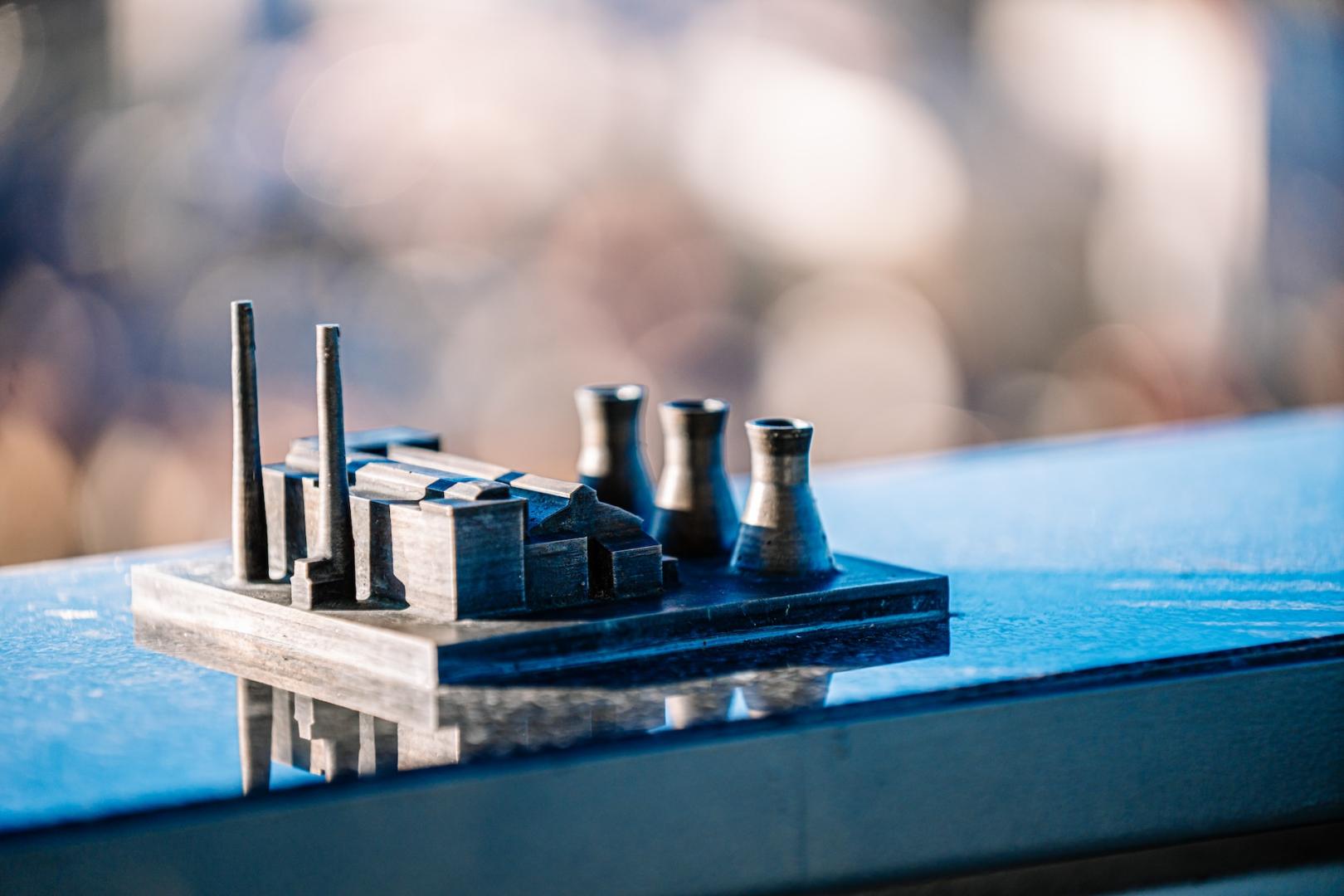
The chimneys that still tower over the city are a reminder of the city’s long industrial past. The former Diósgyőr Metallurgical Works and the machine factory are not only significant elements in the industrial history of Miskolc, their establishment and operation had a considerable social shaping impact: the labour demand of the factories made Miskolc the second most populous city in the country by the 1970s. It was also the time when a saying was born in the city: there is not a family in Miskolc without at least one member working in the ironworks.
The Diósgyőr Metallurgical Works closed down for good in the city after 240 years, in 2009.
Castle of Diósgyőr
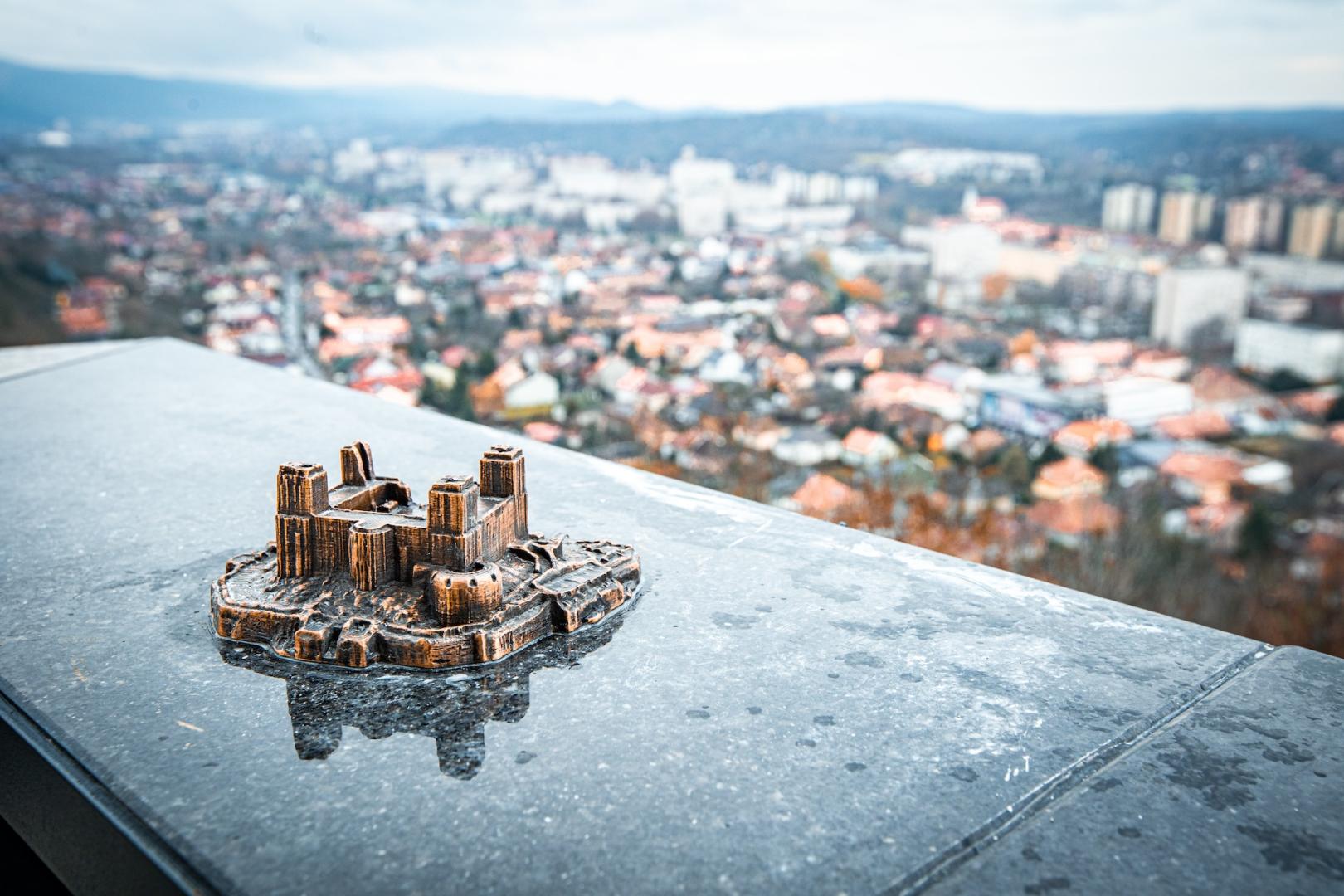
The Castle of Diósgyőr, originally an earth fort from the time of the Hungarian conquest of the Carpathian Basin, is located about eight kilometres from the downtown of Miskolc, at the foot of the Bükk Mountains, in beautiful natural surroundings, and in the time of King Louis the Great it became the most magnificent fortress in Central Europe! After the death of the king, it served as a country residence and wedding gift for six queens, thus becoming the castle of the queens!
Plank Church
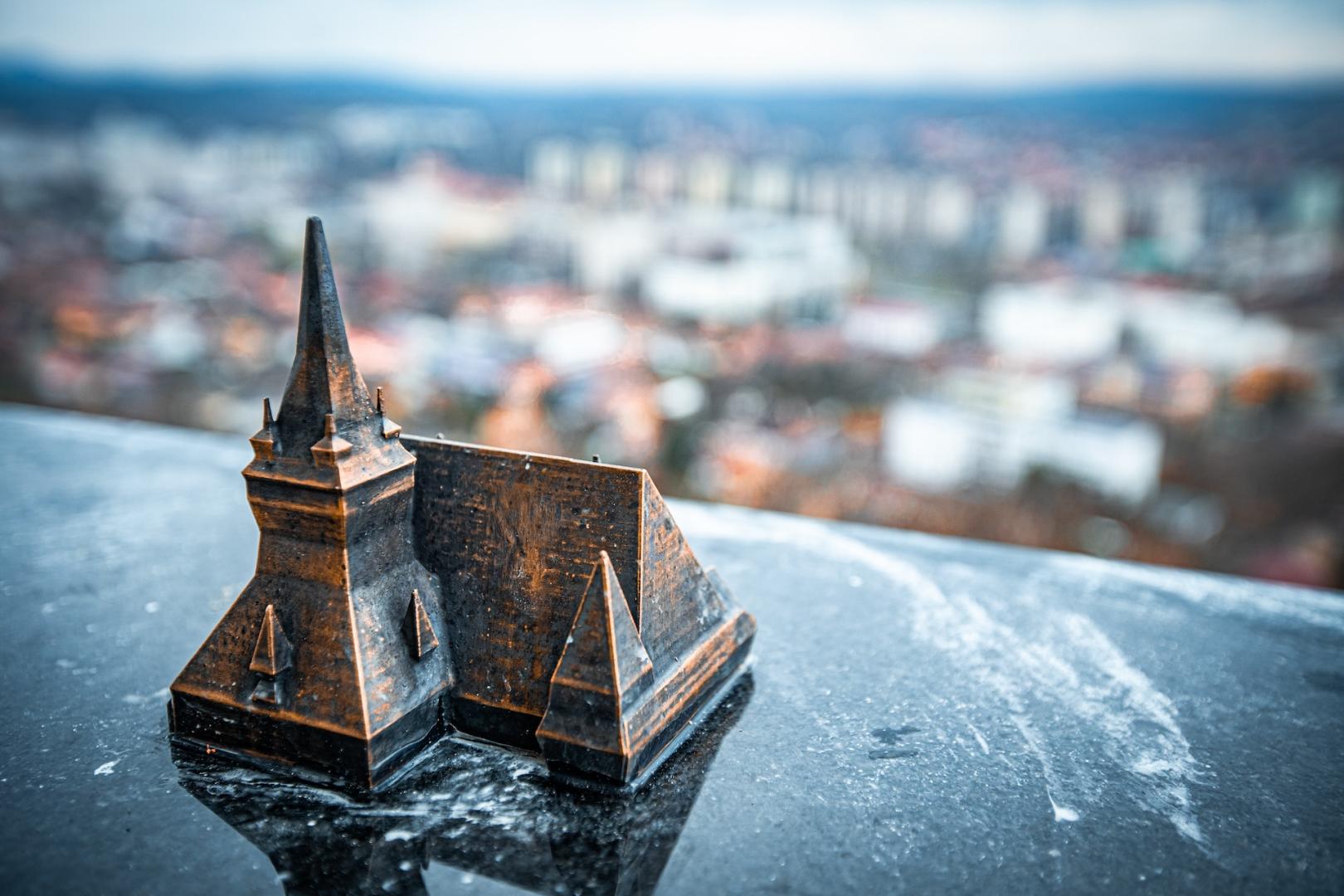
In 1698 there was already a wooden church on the Tetemvár part of the city, which was repeatedly renovated and reconstructed, then in 1938 it was demolished and a wooden church was built in the Székely style according to the plans of the city’s chief engineer Bálint Szeghalmy. On 4 December 1997 the church was set on fire. The church was rebuilt according to the original plans with financial contributions from public as well as private sources
and was consecrated on 2 May 1999. On 29 October 2000, the ashes of the designer Bálint Szeghalmy and his wife, brought back from Germany, were buried near the church. Also on that day, the organ designed by Miklós Albert was inaugurated, completing the church's artistic complex.
The church's timber is 95% pine (larch, pine and fir). The structure of the building follows the tradition of the Székely master builders, first revived here in the 20th century by the former designer Bálint Szeghalmy, who also designed the predecessor of the present Avas Lookout Tower, making our town the westernmost bastion of Székely architecture.
"Twenty-storey" block of flats

The Miskolc Tower House, commonly known as the "twenty-storey" high-rise building, is located in the Szentpéteri Gate part of the city. With its 70 metres hight, it is by far the tallest block of flats in the city and the second highest building in Miskolc, exceeded only by the 72-metre-high Avas Lookout Tower.
The tower block was completed in 1968 and, contrary to its colloquial name, it has 18 floors on the west side and 19 floors on the east side, due to the geographical conditions (it is built on a hillside). On this side, the floor below ground level is called the deep ground floor, and the ground floor appears to be the first floor. The building has a total of 117 flats.
Minorite Church of the Assumption
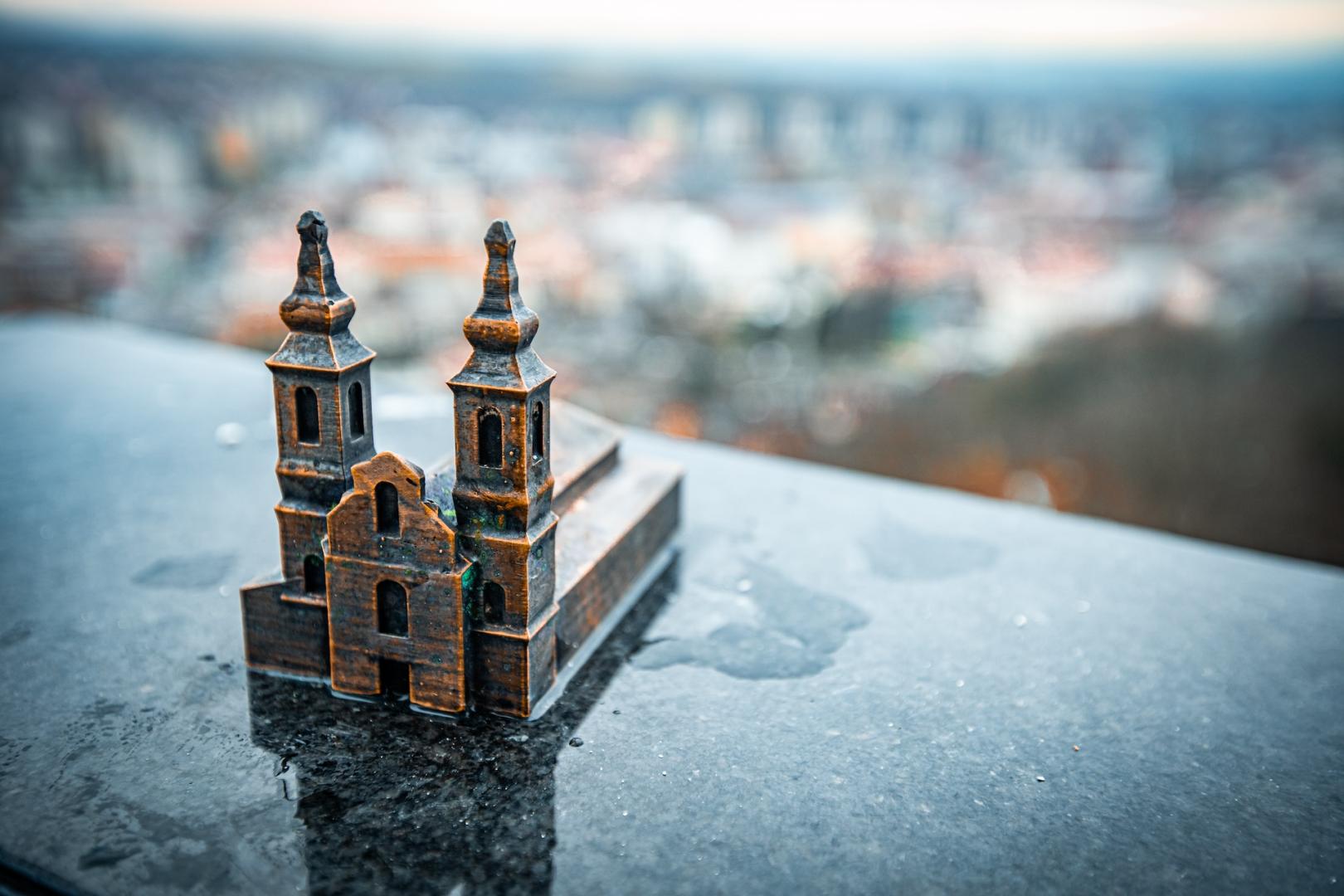
One of the representative baroque churches of Miskolc is the Minorite Church of the Assumption. The building is a dominant landmark in Heroes' Square. On its left there is the Minorite monastery, on its right there is the Földes Ferenc Secondary Grammar School.
The foundation stone of the building was laid in September 1729. Its construction was completed in 1743, with donations from the Almássy and Fáy families. In the fire on 19 July 1843, the roof of the monastery burnt down, the bells melted and the arches were damaged. Two years later, the church was rebuilt on the original design.
The building also houses the tomb, memorial plaque and the portrait of the Minorite monk Kelemen Didák, the builder of the church. The church was renovated inside and outside in 2023.
Reformed Church Downtown Miskolc
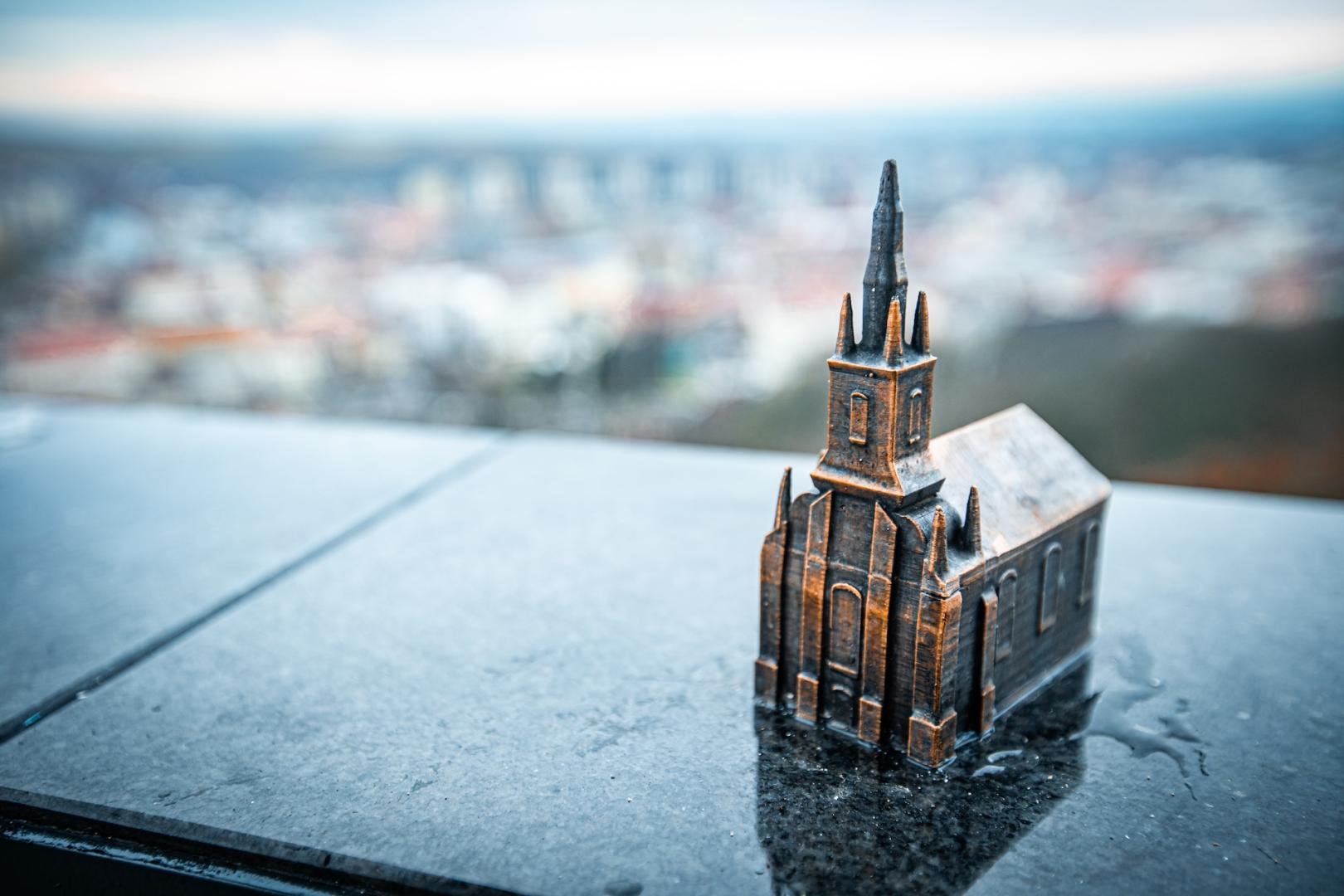
Locally known as the Rooster Church, the largest Reformed church in the region is located in Kossuth Lajos Street. It is late Baroque, neoclassical in style, with a historicist tower. The main eastern facade of the church is strongly articulated, with geometric forms. It is characterised by obelisk ornamentation at several heights.
The 68 m high church tower houses the Eszter bell, the largest bell in the town and the county with its 3000 kg. This remarkable piece was made at the request and memory of Eszter Bató, who was the daughter of István Bató, the wealthy local merchant and died young. The bell was placed in the church tower on 13 May 1866, the anniversary of Eszter's death, and has been rung on that day every year since, according to the Bató parents' wishes.
Holy Trinity Greek Orthodox Church

The Holy Trinity Greek Orthodox Church, a listed monument, was started to build in 1785, following the design of Johann Michael Schajdlet, in the copf style that is rare in Hungary. The church oriented towards the east is the result of a twenty years of construction. The result of twenty years of construction, the church is oriented towards the east.
What makes the building special is that it contains the largest iconostasis in Central Europe, 16 metres high and depicting 87 scenes from the life of Jesus. The iconostasis itself was made in the woodcarving workshop of Miklós Jankovits in Eger. All but four of the icons are the work of the Viennese artist Anton Kuchelmeister.
A school, hospital and parish were built next to the church. The churchyard also serves as a graveyard, where the oldest gravestones are over 300 years old.
Miskolc National Theatre
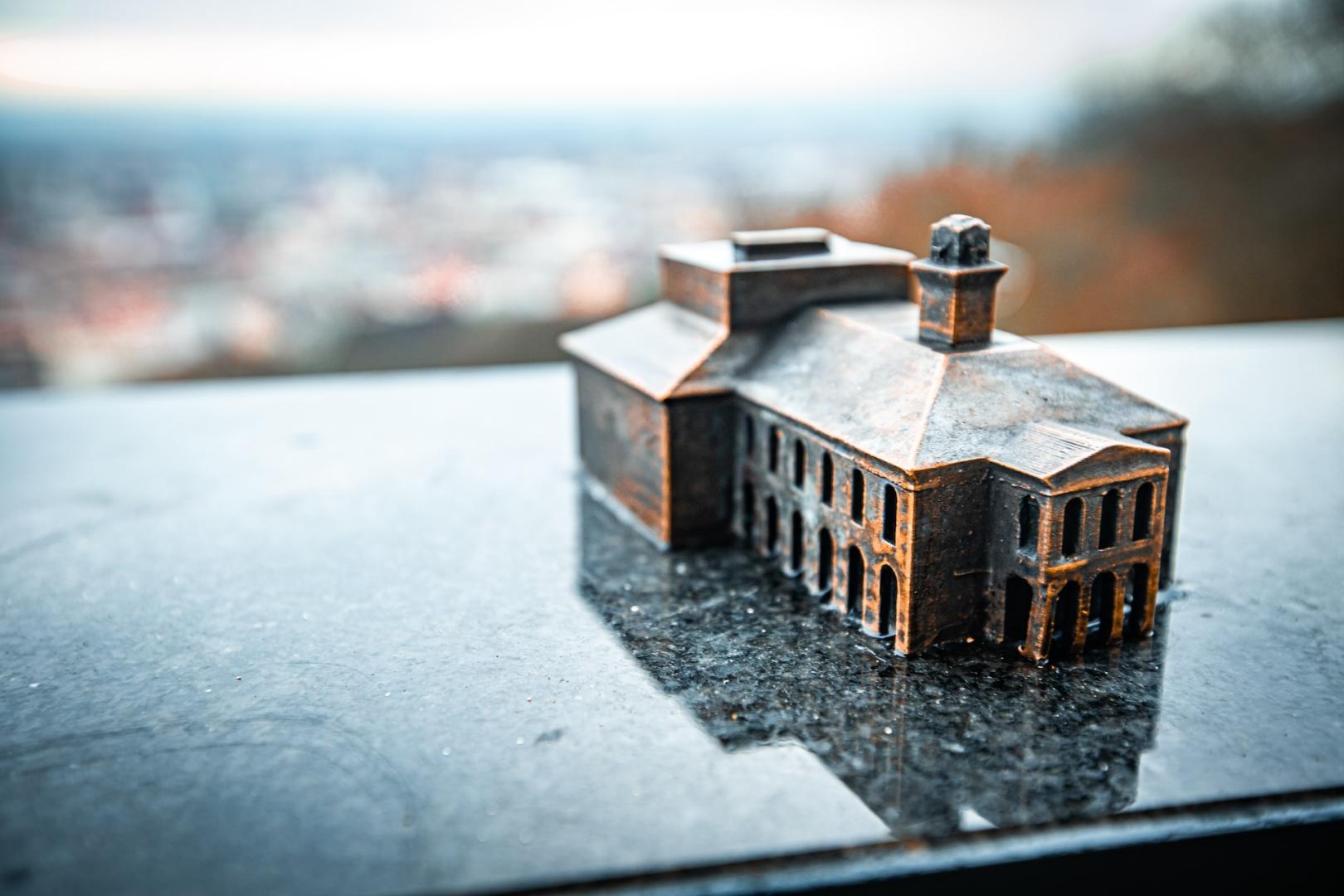
The 200-year-old Miskolc National Theatre is one of the highlights of the city's cultural life. It was built in 1823 as the first stone theatre in today's Hungary to perform in Hungarian. In addition to the main stage, the building complex also houses four other performing stages: the Hall, the Chamber Theatre, the Playing Area and the Summer Theatre.
Without claiming to be exhaustive, the Miskolc Theatre has staged such nationally celebrated artists like Róza Déryné Széppataki, Róza Laborfalvi, János Csapó, Zoltán Latinovits, Attila Nagy or the Latabár dynasty of actors.
Kazinczy Street Synagogue
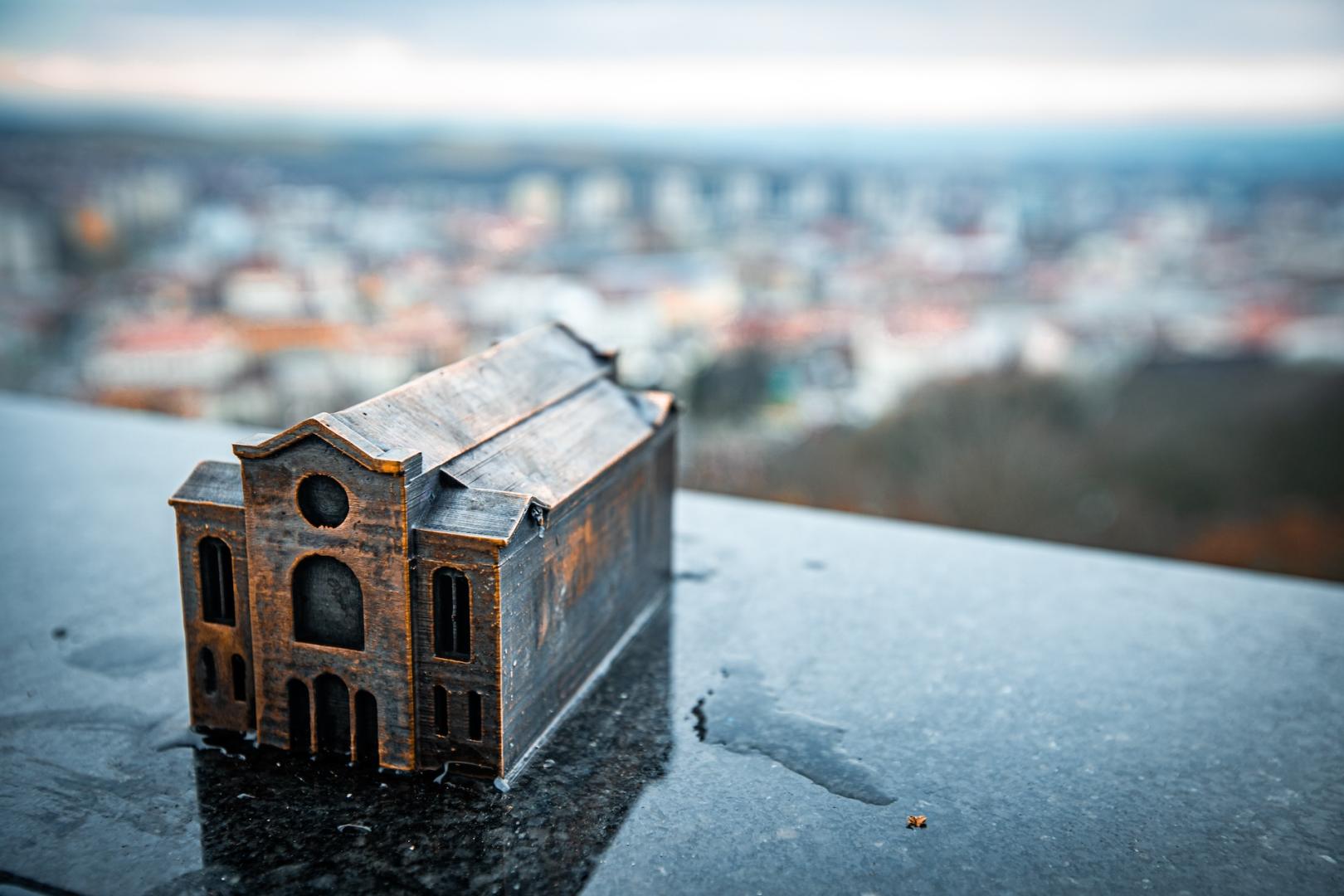
The Kazinczy Street Synagogue, built between 1856 and 1863 in the neo-Romanesque style, is a memento of the large Jewish presence in Miskolc before the Second World War and was designed by Ludwig Förster. Förster introduced a number of innovations in the design of the synagogue, such as the addition of an organ and the placement of the Torah reading table in front of the Ark of the Covenant instead of the centre of the building, which provoked such a furious reaction from the predominantly Orthodox congregation that the year after the building was opened, the rabbinical assembly of Sátoraljaújhely excommunicated the rabbi Ezekiel Moses Fischmann of Miskolc. The synagogue is still the largest building of its kind in the region. The renewed Miskolc Jewish Museum and Visitors' Centre, which builds on the history of Miskolc Jewry, was recently inaugurated in its neighbourhood.